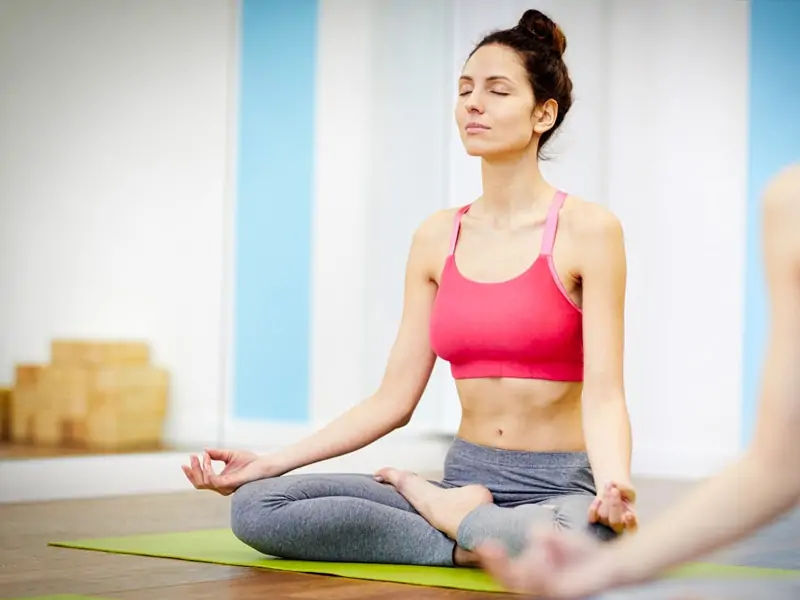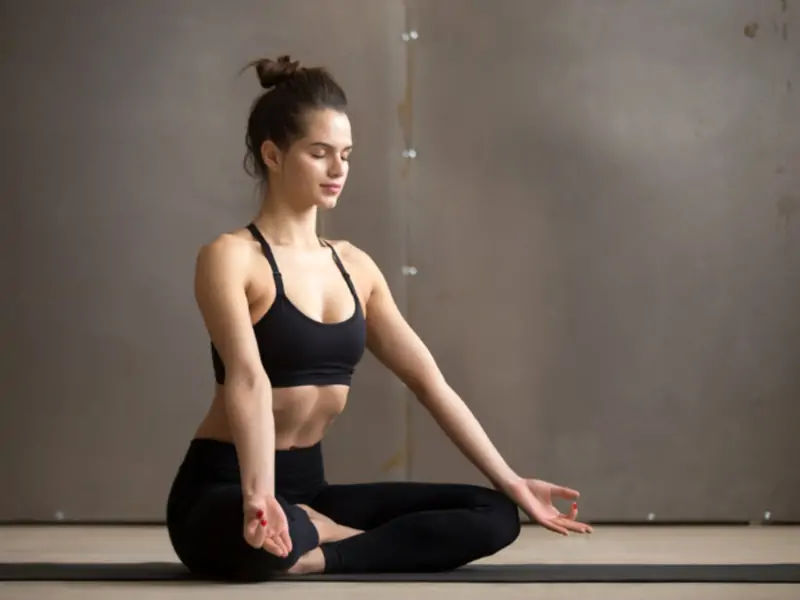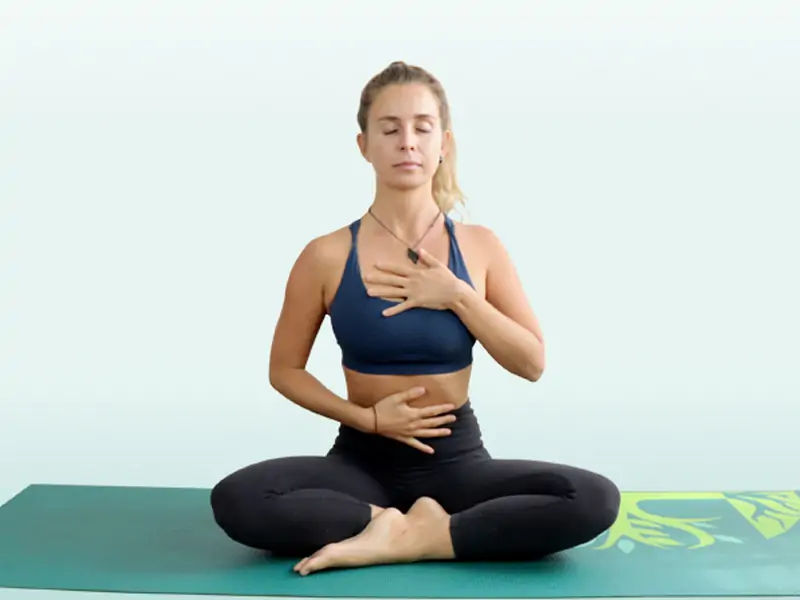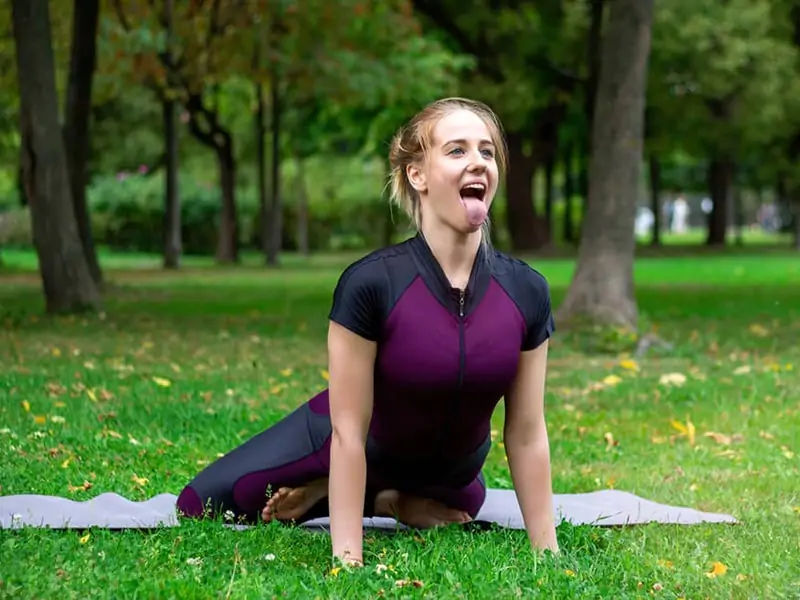Boost your Immunity with 8 Yoga Breathing Exercises
Shortpedia
Content Team
Pranayama, or yoga breathing, is the core of yoga practice. It starts with the 3-part breath and progresses to more sophisticated breathing exercises like Kapalabhati and the Alternate Nostril Breath. Pranayama works in tandem with the Asanas. These two Yogic Principles are regarded as the ultimate form of purification and self-discipline, encompassing both the mind and the body.
Breathing is the core of life; it is the first thing we do when we arrive in this world and the final thing we do when we leave. In the meanwhile, our bodies take in nearly half a billion breaths.
Aside from maintaining life, the mind, body, and breath are so inextricably linked that they profoundly influence one other. Our state of mind influences how we breathe, and our breathing, in turn, influences our thoughts and physiology. Deep breathing practices encouraged in advanced yoga training can improve our physiology, both body and mind.
1. Nostril Breathing

A yogic technique that instantly makes you feel calmer when you are stressed or upset. Deeply inhale via your left nostril while closing your right nose with your right thumb. In the end, switch nostrils by shutting your left nostril and exhaling easily through your right nostril. After fully breathing, inhale via the right nostril, shutting it off at the peak of your inhalation. Exhale completely by lifting your finger from the left nostril. Continue to alternate your breathing through each nostril for 3 to 5 minutes. Ensure your breathing is smooth, and your mind is gently focused on the intake and outflow of breath.
2. Ujjayi

When you are agitated, frustrated, or furious, this cooling pranayama can help relax and relax your mind.
Inhale a little deeper than usual. Exhale via your nostrils while closing your mouth and contracting your throat muscles. If done correctly, this should sound like ocean waves. You can also do this exercise by exhaling with your lips open and generating the sound "haa Make a similar sound with your lips closed and the air flowing out of your nasal passages. After some practice, you should be able to utilize the same technique while inhaling, gradually narrowing your throat as you inhale.
3. Skull Cleanser

This technique, also known as Kapalabhati Breathing, is another cleansing breath exercise that significantly boosts your energy level. It is similar to the Breath of Fire technique, but with a greater emphasis on the exhale and your arms straight up above your head to improve lymph circulation in the upper body.
Make the mudra of your choice using your hands. Try Apana Mudra for summoning the future, for example. Simply shape your hands into the shape of a dog's head, with the ring and middle fingers sitting in a triangle on your thumb and your pinkie and pointer finger sticking up immediately like ears.
4. Three Parts Breathing

This slow, smooth process is extremely calming and beneficial for sleeplessness, anxiety, tension, and stressful situations. Three-part breathing relaxes the mind and muscles. It's a great way to end a late-night practice or start a restorative practice.
Place one hand on your chest area and the other on your navel to begin. Breath into your chest, then your upper abdomen, and finally your belly, puffing it out like a balloon. Slowly exhale in the same manner, expelling the air from your gut, then your upper abdomen, then your chest.
5. Breath of fire

As the name suggests, this activity is highly warming. It stimulates Tapas, or heat, in the organs and warms the abdominal muscles. This is ideal for a detoxification-focused practice.
Practice Breath of Fire by sitting tall, inhaling gently through your nose, then vigorously pumping your exhale out through your nostrils while continuously and in short spurts pushing your navel in. Each pulls in with your abdomen causes you to exhale swiftly following the previous one. Even out your inhales and exhales in force, depth, and time.
6. Lion's Breath

This breath control workout stimulates a quick release and injects some fun into the exercise. This is one of the most enjoyable breathing exercises, especially for children. It's also a terrific addition to an adult class on Friday night or Saturday mornings when everyone is ready to let go of the week and enjoy the weekend.
To perform Lion's Breath, inhale deeply through your nose before leaning back and opening your lips wide to exhale loudly while sticking your tongue out. To enhance the relaxing effects, try doing this while raising your arms on the inhale and making cactus arms on the exhale.
7. Bellows Breathing

Bellows Breath is extremely stimulating and an excellent method to start an early morning Power yoga practice or wake oneself up in the middle of a meeting or long lecture. Raise your hands to the sky in small fists or with your fingers spread wide. Inhale via your lips, then exhale by dropping your elbows into your side body and making a "HA" sound from the bottom of your diaphragm. Don't be scared to be loud here; it's tremendously liberating and immediately relieves any pent-up energy, stagnation, or disappointments.
8. Lunar breath

Inhale through the left nostril and exhale through the right for at least six breaths and up to ten minutes. This cooling breath action aids in pitta reduction. It should not be used by persons who are depressed, have mental disorders, abundant mucus, or have sluggish digestion.
